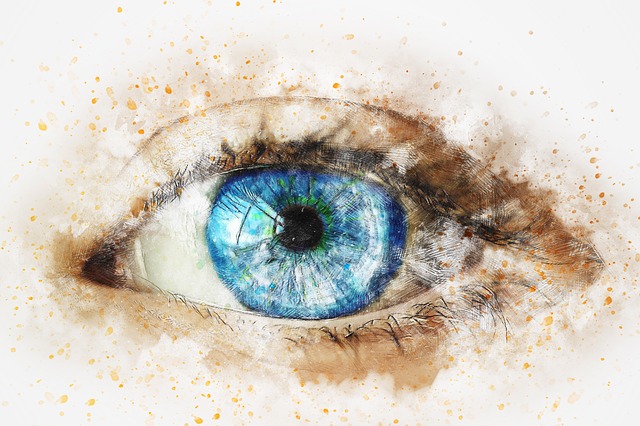Tips and techniques you never even considered before, to help you master painting with Photoshop!
Digital painting is something that all Photoshop users would love to master, as it uses techniques that we can all embrace no matter the picture. Whilst it looks like one of the most complicated things to do on the program though, it’s not impossible, as these 12 helpful tips will show you!
- Start with a sketch
Draft out your idea, considering composition, possible colours and lighting as you go. It’s important to sketch until you’re satisfied, as a strong sketch will likely make for a strong outcome. - Block in elements
Basic round brushes are ideal for blocking in shapes and areas of colour. Consider the light source as you work and apply tone accordingly. Use the Colour Picker often to grab colours and blend as you go by hitting Opt/Akt - Blend with Smudge
Make quick and easy work of blending with the Smudge tool. Custom brushes or basic round brushes can be used for this. Alter the settings of the brushes to enhance the strength of your preference. - Layer it up
Create a new layer for each additional element used (namely skin, hair and jewellery). This separation will enable you to make changes to areas that overlap other layers without disturbing them. - Consider custom brushes
Create custom brushes to add unique textures to your image. Ideas for this are limitless; a multi-lined brush can make delicate locks of hair in a single stroke, and dotted brushes can add texture to skin. - Harness your lighting
Used carefully, the Lighting Effects filter under Render enables you to assign a number of lights. From Spotlights to Soft Omni lighting, the properties of the light source are adaptable to take into account the texture of the subject. - Oil painting
In Photoshop CS6, the Oil Painting filter recreates a painterly style using strokes of paint. It provides full control over the direction and size of these. - Blur
Get creative with the range of blur filters that can soften the background or foreground of a painting. Apply the filters to be able to mask away the effect. - Filter Gallery
Layer up filters inside the Filter Gallery for even further artistic flair. For instance, combine texture filters with the Sketch options. - Liquify filters
You can adjust the shape of facial features in a portrait image by using the Liquify filter and its Forward Warp tool. A bigger brush and lower Pressure setting will make sure that any changes won’t be instantly recognisable. - Work from large to small
As you’re working, avoid adding too much detail early on. Instead, focus on getting the shapes and colours, working from the largest shape, gradually down into the details. - Dodge and burn
The Dodge and Burn tools can add dramatic shadows and highlights. Be sure to use these tools in moderation and set the Exposure to low to get the desired effect gradually.
